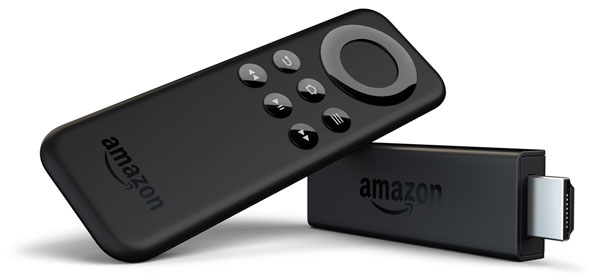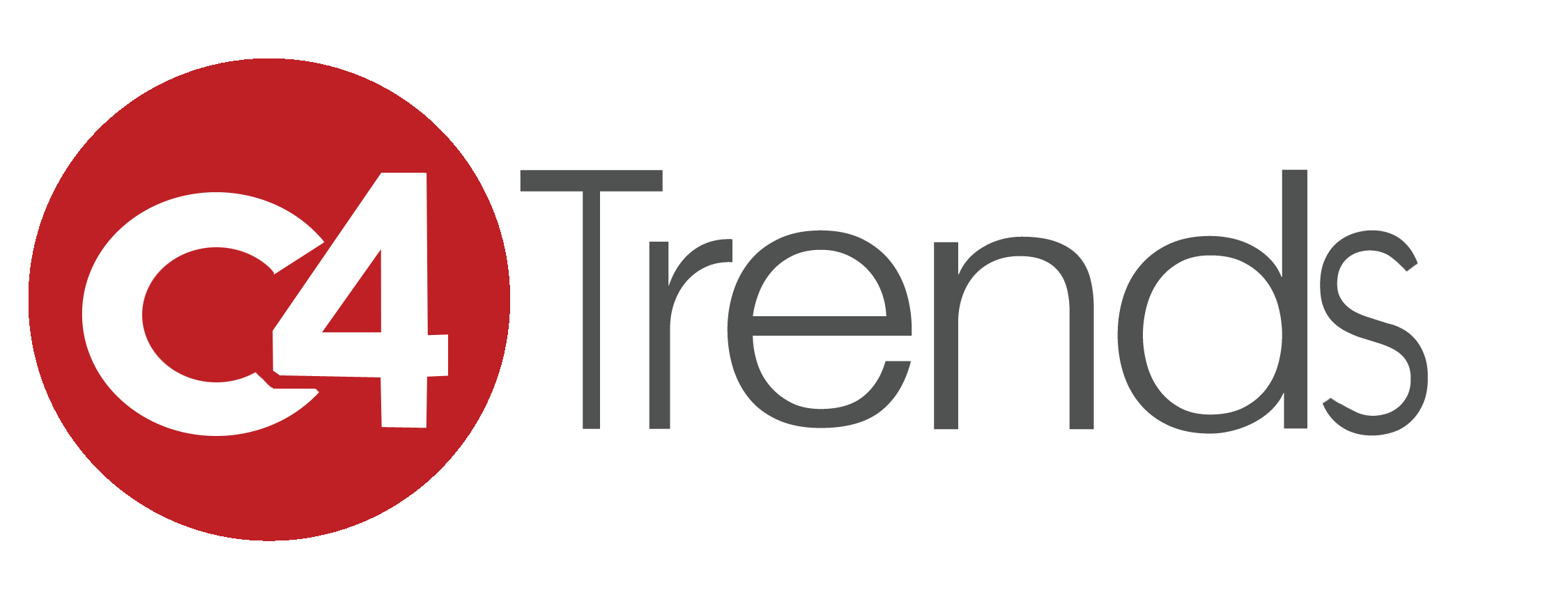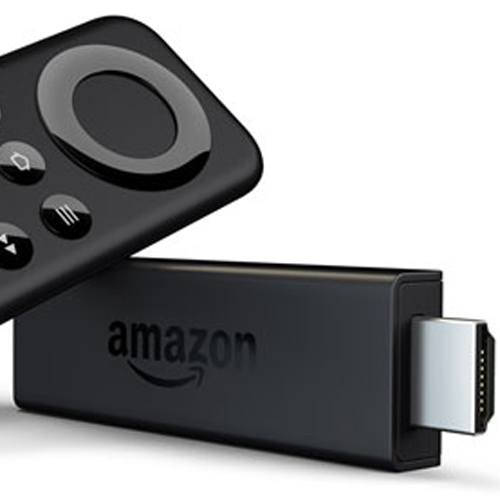 “Google’s Chromecast casts content from your Android phone, tablet or laptop to your TV,” said Susan Schreiner, an analyst at C4 Trends. “Consequently, one needs to first stream something on your phone, laptop or tablet to the TV.
“Google’s Chromecast casts content from your Android phone, tablet or laptop to your TV,” said Susan Schreiner, an analyst at C4 Trends. “Consequently, one needs to first stream something on your phone, laptop or tablet to the TV.
“In contrast, the Fire Stick is a smaller, more condensed version of the Fire TV,” Schreiner told TechNewsWorld. “Amazon claims that it is the size of a stick of gum that you just plug into your TV — and voila, you can start watching movies or TV shows like with the more expensive Roku Stick.”
“At a $39 price point, Amazon’s Fire Stick becomes a contender in the dongle marketplace currently dominated by Google’s Chromecast and the Roku Stick,” said Schreiner.
“Its price point puts it in play since it’s cheaper than Roku’s $50 dongle and just $4.00 more than Google’s Chromecast, priced at $35.00,” she noted.
“Plus, Amazon has thrown in an added limited-time incentive, pricing its Fire Stick to its Prime customers at $19 for the first two days of its rollout,” Schreiner pointed out. “Clearly the stick market is heating up with the entry of Amazon. This direct relationship with customers, plus its attractive price point, clearly gives the Fire Stick a clear advantage.”
Amazon Sticks It to Google Chromecast
By Peter Suciu Oct 27, 2014 12:45 PM PT
 Amazon on Monday introduced the Fire TV Stick, a new streaming-media device that can connect to an HDTV’s HDMI port and deliver video content from Amazon Prime Instant Video, as well as Netflix, Hulu Plus, ESPN, YouTube, Spotify, Vevo, Pandora and A&E. It also can be used to play games.
Amazon on Monday introduced the Fire TV Stick, a new streaming-media device that can connect to an HDTV’s HDMI port and deliver video content from Amazon Prime Instant Video, as well as Netflix, Hulu Plus, ESPN, YouTube, Spotify, Vevo, Pandora and A&E. It also can be used to play games.
New and existing Amazon Prime customers can pre-order the Fire TV Stick for US$19 through Tuesday. The device officially will be released on Nov. 19 for $39, and it will ship with a remote control, and a 30-day trial of Amazon Prime and Netflix for newcomers to those services.
The new Fire TV Stick reportedly offers the same experience as Amazon’s Fire TV set-top box, which was released to the market in April for $99.
Fired Up
The Fire TV Stick, which is clearly Amazon’s answer to Google’s Chromecast, offers 8 GB of internal storage and 1 GB of RAM, which is four times the internal storage and twice the memory of the Google product.
The Fire TV Stick also features a Broadcom Capri 28155 dual-core processor, dual-band WiFi and dedicated VideoCore 4 GPU. The Fire TV Stick has six times as much processing power as the Roku Streaming Stick, according to Amazon.
The Fire TV Stick further utilizes Amazon’s ASAP streaming technology, which can launch videos without a buffer delay.
While Amazon’s Chromecast can be controlled via an Android mobile handset, the Fire TV Stick also has its own remote. This is not the voice-activated remote that ships with the Fire TV set-top box, but that remote is compatible with this slimmed down device. Amazon’s Fire TV remote app also will allow users to perform a voice search using an Android handset.
Dongle Differences
While these streaming “stick” devices may all look somewhat the same, there are some highly notable differences that set the products apart.
“Google’s Chromecast casts content from your Android phone, tablet or laptop to your TV,” said Susan Schreiner, an analyst at C4 Trends. “Consequently, one needs to first stream something on your phone, laptop or tablet to the TV.
“In contrast, the Fire Stick is a smaller, more condensed version of the Fire TV,” Schreiner told TechNewsWorld. “Amazon claims that it is the size of a stick of gum that you just plug into your TV — and voila, you can start watching movies or TV shows like with the more expensive Roku Stick.”
This could cast the Fire Stick in a much better light than its competition and draw users into the Amazon ecosystem.
“Amazon loyalists and prime members will buy this — and because of its price, it could be broadly successful with the general public,” said Greg Sterling, vice president for strategy and insights at Local Search Association.
“Chromecast has some reliability issues, and if this works more consistently and smoothly, it could be a big success for Amazon,” he told TechNewsWorld.
“However, it’s a low-cost item that won’t move the needle on revenues or compensate for the failure of the Fire Phone,” Sterling added. “It’s really part of a broader Amazon loyalty and content play.”
Pick the Stick
Amazon’s entry into the TV stick arena means greater competition, which could bring down prices of the already low-margin products even further.
“Amazon has been aggressive by building more robust hardware into its products,” said Paul Erickson, senior analyst for consumer electronics at IHS Technology.
“They’re happy to take a little less margin than standard CE companies as a way to bring people into their ecosystem, while they make the money on the back end,” he explained.
“They can afford it to get more people into their fold. This will put price pressure on Roku and Chromecast. Overall, it is a competent product at a competitive price,” Erickson told TechNewsWorld.
“At a $39 price point, Amazon’s Fire Stick becomes a contender in the dongle marketplace currently dominated by Google’s Chromecast and the Roku Stick,” said Schreiner.
“Its price point puts it in play since it’s cheaper than Roku’s $50 dongle and just $4.00 more than Google’s Chromecast, priced at $35.00,” she noted.
“Plus, Amazon has thrown in an added limited-time incentive, pricing its Fire Stick to its Prime customers at $19 for the first two days of its rollout,” Schreiner pointed out. “Clearly the stick market is heating up with the entry of Amazon. This direct relationship with customers, plus its attractive price point, clearly gives the Fire Stick a clear advantage.”

